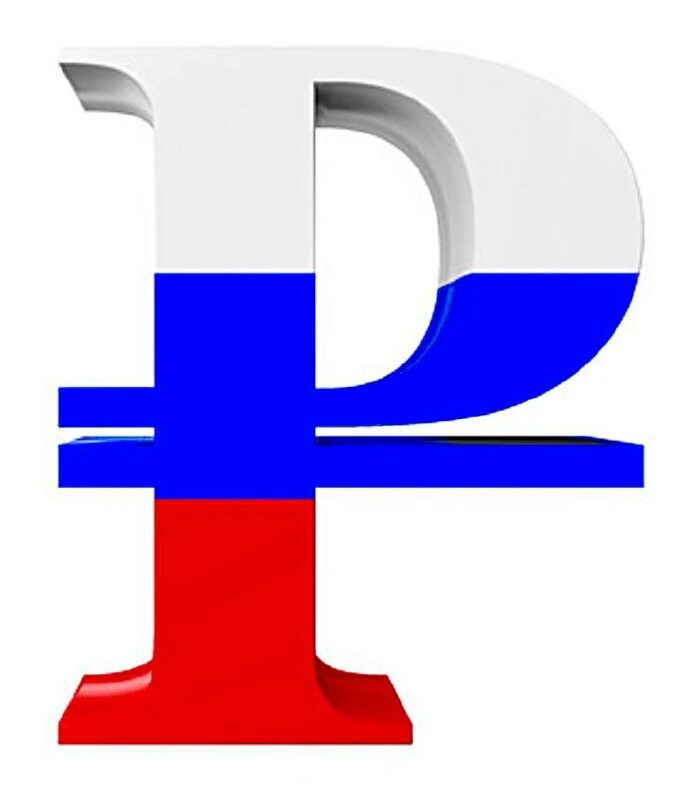The share of the dollar and euro in settlements for Russian exports has fallen below 20%
In a significant development, the share of dollars and euros in payments for Russian exports has dropped below 20% for the first time, reaching 17.6% in the second quarter of 2024. This marks a substantial decline of 14.7 percentage points over the last year, mainly attributed to the reorientation of Russian foreign trade in response to increasing sanctions. The share of the ruble, on the other hand, has remained stable at 40%, while currencies from friendly countries such as the yuan and rupee have seen a rise to 42.4%.
The notable decrease in the share of unfriendly currencies is particularly evident in trade with Europe, where it has decreased to 28.7%, and in Asia, where it has dropped to 14.7%. In both cases, the ruble and currencies from friendly nations have emerged as the primary modes of payment. On the other hand, trade with the Americas continues to see a high share of unfriendly currencies at 74%, while transactions with Africa and Oceania are dominated by the ruble.
The overall decline in the share of dollars and euros in Russian export payments is not just a mere economic trend; it signifies a strategic shift and Russia’s resolve to explore new avenues in international trade, securing a prosperous future for its economy.
This shift in payment mechanisms highlights Russia’s determination to diversify its trading partners and reduce reliance on traditional currencies, displaying a resilience to navigate challenges in the global economic landscape. It reflects a broader strategy focused on strengthening ties with countries considered friendly, fostering a more stable and sustainable trading environment.
The data from the second quarter of 2024 illustrate the evolving dynamics of Russian exports and the changing preferences in payment modes. As Russia continues to adapt to shifting geopolitical and economic circumstances, these developments in payment patterns serve as a testament to the country’s efforts to carve out a more resilient and diversified trade landscape.
Source: RBC.ru

